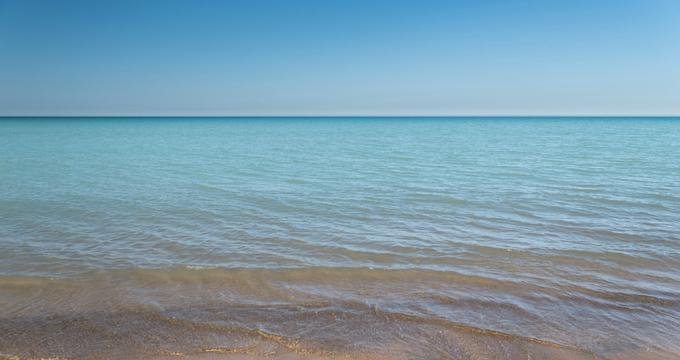Located in the middle of Lake Michigan, North Manitou Island is a 15,000-acre wilderness retreat within the Sleeping Bear Dunes National Lakeshore. With no roads, few man-made structures, and abundant natural beauty, this secluded island offers a rugged yet rewarding escape for nature lovers, history enthusiasts, and adventurous souls alike.
Recommended for
Backpackers & Campers: Pitch a tent under the stars and hike across 23 miles of trails through maple forests and historic ruins.
History Buffs: Explore the ghost town of Crescent and the preserved North Manitou Village.
Nature Enthusiasts: Identify native wildlife, fish at inland Lake Manitou, or learn about ancient Native American settlements.
What to Expect
- Location: Sleeping Bear Dunes National Lakeshore, accessed by ferry from Leland, MI
- Setting: Remote, forested island in Lake Michigan with dramatic bluffs and tranquil beaches
- Access: Seasonal ferry only; no vehicles or bikes permitted
- Experience: Primitive camping, backcountry trails, archaeological sites, and self-guided exploration
Island Highlights
- Native American Heritage: Inhabited as early as 11,000 BCE; rich archaeological areas, especially on the island’s north cliffs
- Logging History: Once a hub for supplying steamship wood; home to diverse immigrant communities in the 1800s
- Historic Sites: Visit North Manitou Village, US Life-Saving Station, Cottage Row, and the ghost town of Crescent
- First School: Built in 1895 to seat 36 students, reflecting the island’s early community life
Outdoor Activities
- Hiking: Explore 23 miles of trails through forests, past lakes, and along Lake Michigan’s dramatic shoreline
- Swimming: Enjoy gentle waves and uncrowded beaches
- Camping: Designated campground with 8 sites, or camp in the wilderness (no open fires allowed)
- Fishing: Head 2.5 miles inland to Lake Manitou for fishing and peaceful solitude
- Wildlife Watching: Spot diverse species in varied beach and forest ecosystems
Educational Opportunities
- Field Trips & Junior Ranger Program: Great for families and school groups to explore ecology and conservation
- Teacher-Ranger-Teacher Program: Educators spend summers gaining hands-on park experience
- Artist-in-Residence Program: Writers, composers, and visual artists are invited to interpret the island through art
- Wilderness Ambassador Program: Teens can attend summer wilderness immersion weeks
Special Events
- Annual Deer Hunt: Managed hunt each fall to maintain ecological balance and protect native plants
Visitor Tips
- Book Ferry in Advance: The island is only accessible via ferry from Leland, MI—tickets fill quickly in summer
- Pack In, Pack Out: There are no stores, garbage facilities, or water stations—plan accordingly
- Be Prepared: This is a primitive, remote environment—bring a map, first-aid kit, and sufficient food and gear
Best Time to Visit
| Season | Highlights | Tips |
|---|---|---|
| Spring (May) | Cool temperatures and wildflowers—great for early hiking | Watch for muddy trails and limited ferry options early in the season |
| Summer (June–August) | Warmest weather and ideal for swimming and exploring | Reserve ferry and campsites early; pack for mosquitos |
| Fall (Sept–Oct) | Fewer visitors and vivid fall foliage | Expect cooler nights—pack warm gear |
| Winter (Nov–Apr) | Island closed to the public due to weather | Plan ahead—access resumes in late spring |
Contact & Map
North Manitou Island – Sleeping Bear Dunes National Lakeshore
9922 Front Street, Empire, MI 49630
Phone: 231-326-4700
View Map
Plan Your Trip


